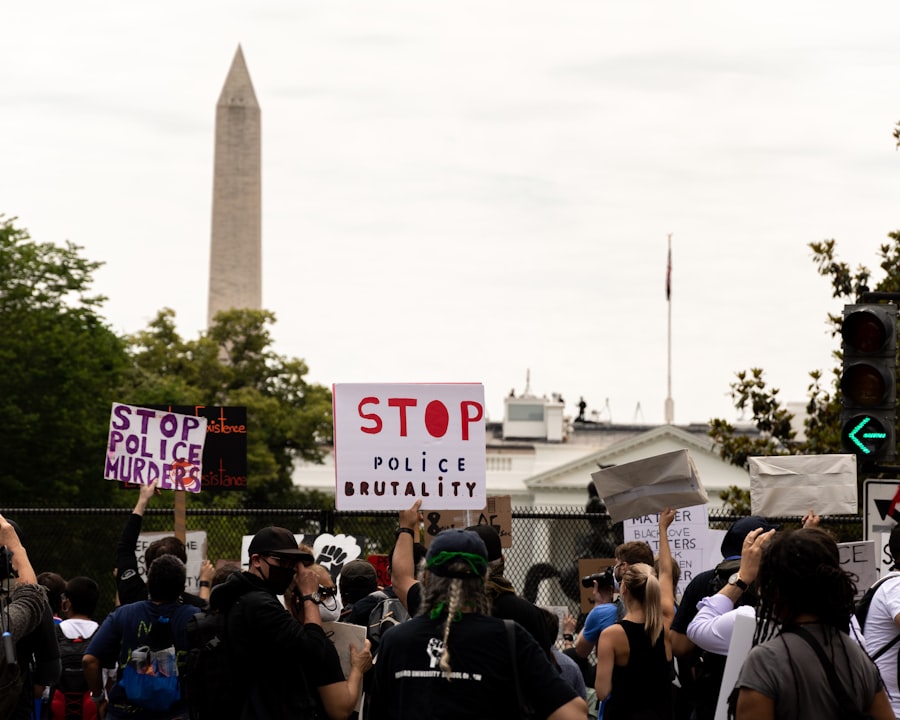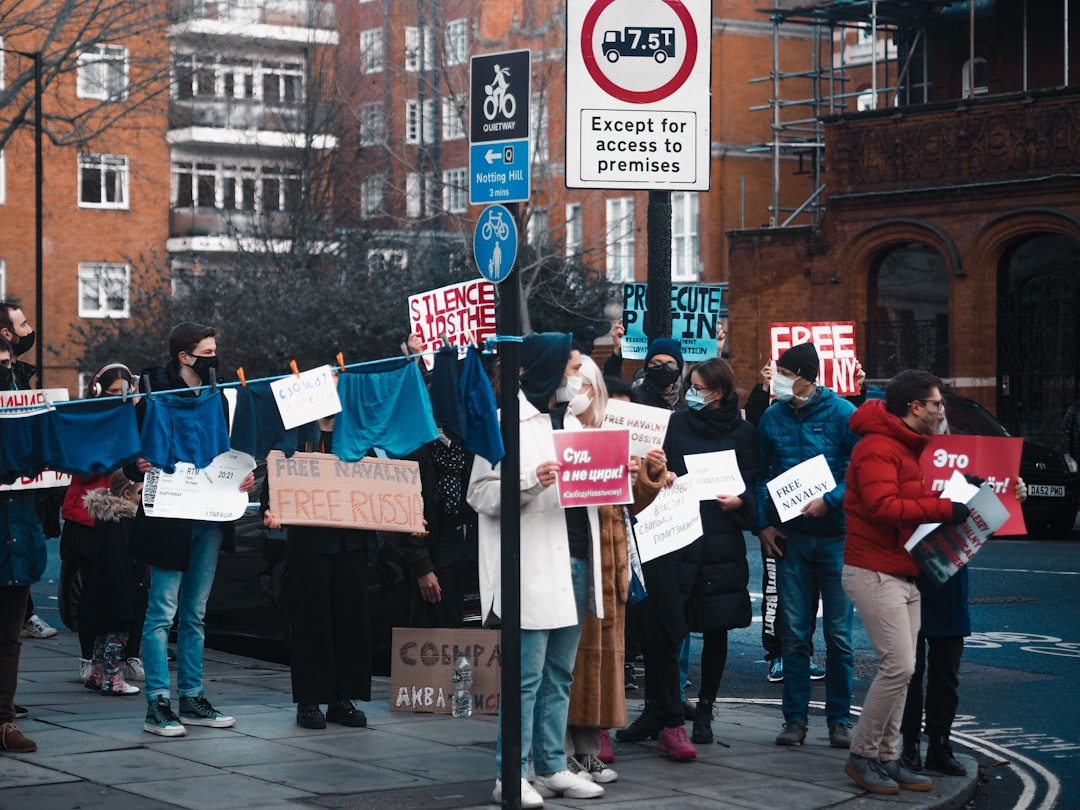The Gandhian era, spanning the early to mid-20th century, was marked by significant social and political upheaval in India, particularly among the peasant class. This period was characterized by widespread discontent among agrarian communities, who faced numerous challenges stemming from colonial policies, economic exploitation, and social injustices. The British colonial administration’s exploitative land revenue systems, such as the Permanent Settlement and the Ryotwari system, placed immense financial burdens on farmers.
These policies often resulted in exorbitant taxes that left peasants in perpetual debt, leading to a cycle of poverty and despair. The agrarian distress was exacerbated by natural calamities, such as droughts and floods, which devastated crops and further impoverished rural communities. In addition to economic hardships, the social fabric of rural India was undergoing significant changes.
The introduction of Western education and ideas began to challenge traditional norms and hierarchies within villages. This shift created a sense of awareness among peasants regarding their rights and the injustices they faced. The growing influence of nationalist sentiments also played a crucial role in mobilizing the agrarian population.
As the Indian National Congress began to advocate for independence from British rule, peasants found themselves increasingly drawn into the broader struggle for freedom. The confluence of these factors set the stage for a series of uprisings and movements that would define the Gandhian era.
Key Takeaways
- The Gandhian Era saw significant peasant unrest due to economic and social factors.
- Gandhi’s influence on peasant uprisings was profound, as he advocated for nonviolent resistance.
- Nonviolent resistance played a crucial role in peasant movements during the Gandhian Era.
- Economic and social factors such as land ownership and taxation contributed to peasant uprisings.
- The government responded to peasant unrest during the Gandhian Era with varying degrees of repression and negotiation.
- The legacy of peasant uprisings in the Gandhian Era continues to influence social and political movements in India.
Gandhi’s Influence on Peasant Uprisings
Mahatma Gandhi emerged as a pivotal figure during this tumultuous period, advocating for the rights of peasants and promoting their cause on a national platform. His philosophy of Satyagraha, or nonviolent resistance, resonated deeply with the agrarian population, who were often subjected to brutal repression by colonial authorities. Gandhi’s ability to articulate the grievances of peasants and frame their struggles within the larger context of India’s fight for independence galvanized support across various strata of society.
He recognized that the plight of farmers was intrinsically linked to the broader struggle against colonialism, and he sought to empower them through organized movements. One of the most notable examples of Gandhi’s influence on peasant uprisings was the Champaran Satyagraha in 1917. In Champaran, Bihar, indigo farmers were forced to cultivate indigo under oppressive conditions imposed by British planters.
Gandhi’s intervention not only highlighted the injustices faced by these farmers but also provided them with a platform to voice their grievances. By mobilizing the local population and employing nonviolent methods, Gandhi was able to secure concessions from the British authorities, marking a significant victory for the peasant community.
The Role of Nonviolent Resistance in Peasant Movements

Nonviolent resistance became a hallmark of the peasant movements during the Gandhian era, fundamentally altering the dynamics of protest and rebellion. Gandhi’s philosophy emphasized that true strength lay not in violence but in the power of moral authority and collective action. This approach resonated with peasants who often lacked access to weapons or military resources but possessed a deep-rooted sense of justice and community solidarity.
By employing nonviolent tactics such as strikes, boycotts, and peaceful demonstrations, peasants were able to assert their rights without resorting to armed conflict. The effectiveness of nonviolent resistance was evident in various uprisings throughout this period. For instance, during the Kheda Satyagraha in 1918, farmers in Gujarat faced severe crop failure due to drought yet were still subjected to oppressive tax demands from the British government.
Gandhi encouraged these farmers to refuse payment and adopt nonviolent resistance as a means of protest. The movement garnered widespread support, leading to negotiations with the government that ultimately resulted in tax relief for the beleaguered farmers. This success not only empowered the peasant community but also demonstrated the efficacy of nonviolent methods in achieving social justice.
Economic and Social Factors Contributing to Peasant Uprisings
The economic landscape of India during the Gandhian era was fraught with challenges that significantly contributed to peasant unrest. The colonial economy prioritized export-oriented agriculture, often at the expense of local food production. This focus led to food shortages and rising prices, further straining the already precarious livelihoods of farmers.
Additionally, exploitative practices by landlords and moneylenders exacerbated economic disparities within rural communities. Many peasants found themselves trapped in cycles of debt due to high-interest loans taken out to meet immediate needs or invest in agricultural inputs. Social factors also played a critical role in fueling peasant uprisings during this period.
The rigid caste system entrenched within Indian society often marginalized certain groups within the agrarian community, leading to social tensions and grievances. The rise of nationalist sentiments provided a unifying framework for these disparate groups to come together in their struggle against colonial rule. As peasants began to organize themselves into unions and associations, they found strength in collective identity and purpose.
This newfound solidarity allowed them to challenge not only colonial authorities but also local power structures that perpetuated their exploitation.
Government Response to Peasant Unrest During the Gandhian Era
The British government’s response to peasant unrest during the Gandhian era was characterized by a combination of repression and concession. Initially, colonial authorities employed brutal measures to quell uprisings, often resorting to violence against peaceful protesters. The infamous Jallianwala Bagh massacre in 1919 exemplified this repressive approach, where British troops opened fire on a large gathering of unarmed Indians, resulting in hundreds of deaths.
Such incidents only served to deepen resentment among peasants and further fueled their resolve to resist colonial rule. However, as peasant movements gained momentum and garnered national attention, the government began to adopt a more conciliatory stance. In some instances, authorities were compelled to negotiate with peasant leaders and address their grievances.
The success of movements like Champaran and Kheda forced the government to reconsider its policies regarding taxation and land rights. This shift highlighted the effectiveness of organized resistance and demonstrated that even a seemingly powerless group could compel change through collective action.
Legacy of Peasant Uprisings in the Gandhian Era

The legacy of peasant uprisings during the Gandhian era is profound and multifaceted, shaping not only India’s struggle for independence but also influencing subsequent social movements across the globe. These uprisings laid the groundwork for a new understanding of political activism rooted in nonviolence and collective action. The strategies employed by Gandhi and his followers inspired future generations of activists who sought to challenge oppression through peaceful means.
Movements such as the Civil Rights Movement in the United States drew heavily from Gandhi’s principles, demonstrating the universal applicability of his philosophy. Moreover, the peasant uprisings during this period highlighted critical issues related to land rights, economic justice, and social equity that continue to resonate today. The struggles faced by agrarian communities remain relevant as contemporary issues such as agrarian distress, land acquisition disputes, and farmer suicides persist in modern India.
The lessons learned from these historical movements serve as a reminder of the importance of grassroots organizing and community solidarity in addressing systemic injustices. In conclusion, the Gandhian era was marked by significant peasant unrest driven by economic exploitation and social injustices. Gandhi’s influence on these movements through nonviolent resistance transformed the landscape of protest in India and beyond.
The legacy of these uprisings continues to inspire contemporary struggles for justice and equality, underscoring the enduring relevance of Gandhi’s teachings in addressing issues faced by marginalized communities today.
In exploring the peasant upsurge during the Gandhian era, it is important to consider the rich natural beauty of places like Botany Bay. This article on Botany Bay highlights the importance of preserving our natural resources and the impact they have on society. Additionally, understanding the diversity and classification of bacteria and viruses, as discussed in this article on bacteria and viruses, can provide insight into the health challenges faced by peasants during this time. Exploring social institutions, structure, and power dynamics, as outlined in this article on Indian society, can also shed light on the societal factors that contributed to the peasant upsurge in the Gandhian era.
FAQs
What was the Peasant Upsurge in the Gandhian Era?
The Peasant Upsurge in the Gandhian Era refers to the widespread mobilization and protest movements by peasants in India during the time of Mahatma Gandhi’s leadership in the early to mid-20th century.
What were the main causes of the Peasant Upsurge?
The main causes of the Peasant Upsurge included oppressive land revenue policies, high taxes, and exploitation by landlords and moneylenders. Peasants were also motivated by Gandhi’s call for nonviolent resistance and civil disobedience.
What were the key features of the Peasant Upsurge?
The key features of the Peasant Upsurge included nonviolent protests, boycotts of British goods, and the demand for land reforms and fair treatment of peasants. The movement also emphasized self-reliance and empowerment of rural communities.
What impact did the Peasant Upsurge have on Indian society?
The Peasant Upsurge played a significant role in the Indian independence movement and contributed to the eventual overthrow of British colonial rule. It also raised awareness about the plight of peasants and led to the implementation of land reforms and policies to improve the welfare of rural communities.
How did Mahatma Gandhi influence the Peasant Upsurge?
Mahatma Gandhi’s philosophy of nonviolent resistance and his emphasis on self-reliance and empowerment greatly influenced the Peasant Upsurge. His leadership and advocacy for the rights of peasants inspired and mobilized rural communities to stand up against oppression and exploitation.






















+ There are no comments
Add yours